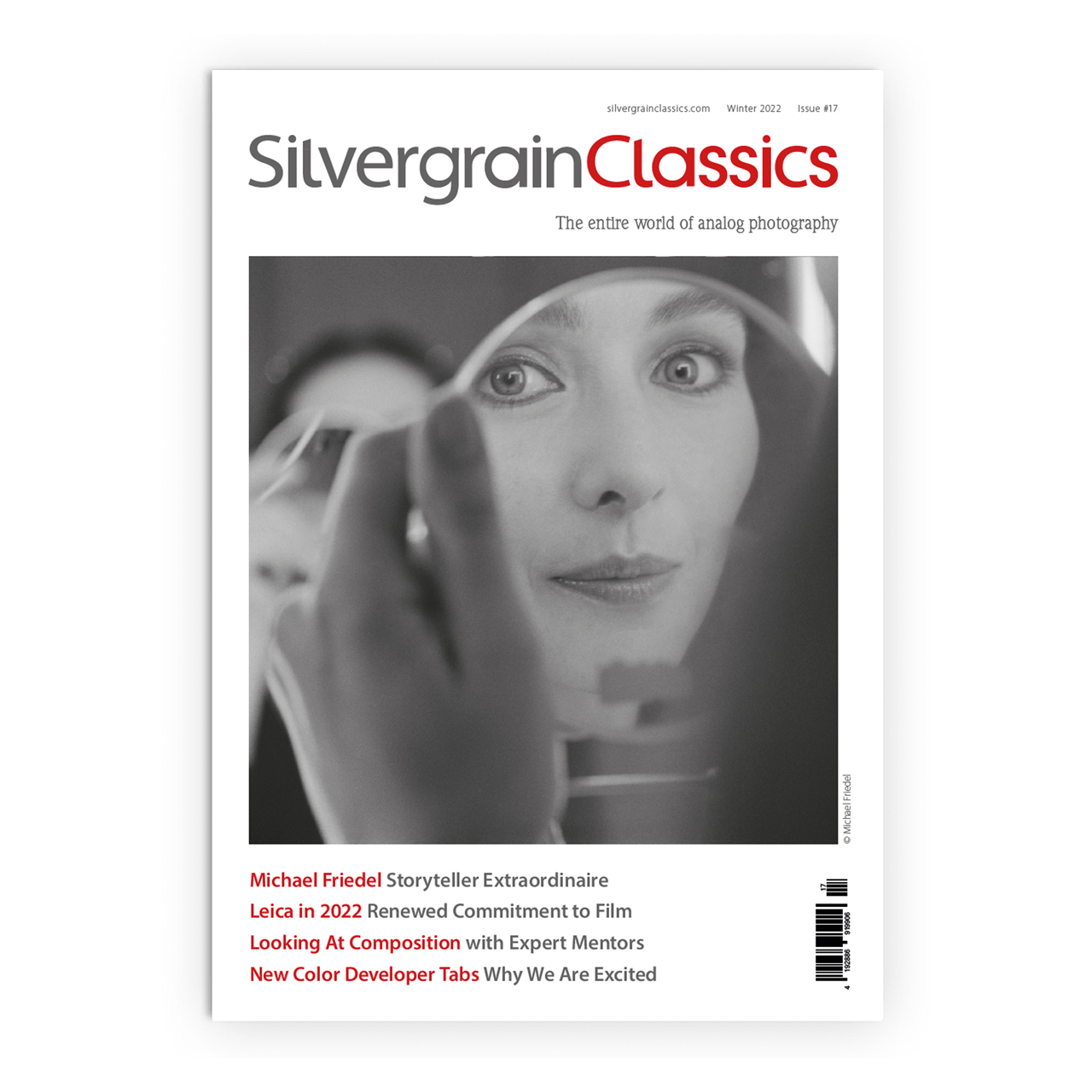Homeopathic film development – rediscovering a lost alternative process
By Andreas Waldeck
April 1st, 2023
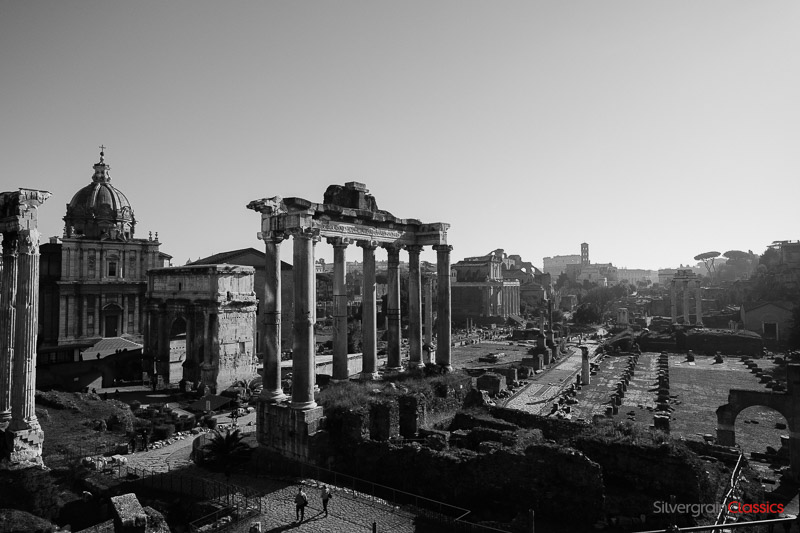
Homeopathy is a system of alternative medicine that uses highly diluted substances to treat various ailments. One of the interesting applications of homeopathy is in the field of photography. Over the past year, the team at SilvergrainClassics magazine discovered and recreated a unique method of film development that uses homeopathic principles to develop films in natural bodies of water, such as rivers. This paper aims to explore this innovative approach to film development and its potential benefits.
Background
Conventional film development involves the use of chemicals to create an image on a photographic film. These chemicals may be harmful to the environment, and their disposal can cause pollution. Homeopathic film development, on the other hand, uses substances in highly diluted forms to develop the film. The process involves exposing the film to the natural elements, such as sunlight and water, and using homeopathic recipes to activate the latent image on the film.
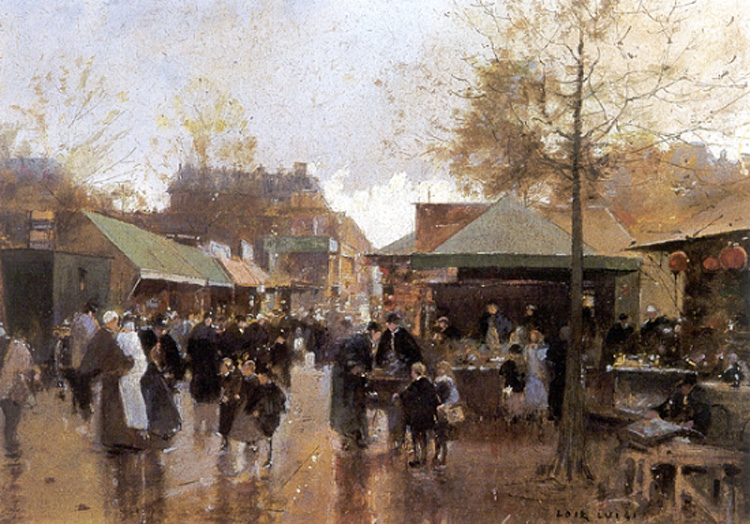
Luigi Loir – Le Marché Aux Puces, Porte De Clignancourt
In the summer of 2022, SilvergrainClassics co-founder Andreas came across a fragment of a letter at the “Marché aux Puces de Clignancourt”, a flea market in Paris. The letter apparently was written by the French inventor Louis Daguerre (1787-1851) in which Daguerre asks the German physician Samuel Hahnemann for assistance in researching a novel developer:
Dear Samuel,
I hope this letter finds you well. I have been working tirelessly in my laboratory, attempting to perfect my photographic process, but I have encountered a problem that I believe you may be able to assist me with.
I have heard that you are quite knowledgeable in the field of homeopathy and I am curious if you have any recipes for a homeopathic developer that could be used in the creation of photographs. I have experimented with a variety of chemical solutions, but I believe that a homeopathic developer may be the key to achieving the results that I am looking for.
If you do have such a recipe, I would be most grateful if you could share it with me. I would of course be happy to compensate you for your time and expertise.
Thank you for your consideration, and I look forward to hearing from you soon.
Sincerely,
Louis Daguerre
Louis Daguerre and Samuel Hahnemann met in Paris in the early 19th century. Daguerre was a famous artist and inventor who is known for his contributions to the development of photography, while Hahnemann was a German physician who is credited with founding the alternative system of medicine known as homeopathy. Hahnemann had permanently moved to Paris in 1835 where he died in 1843, shortly after the invention of the daguerrotype process named after the inventor Daguerre.
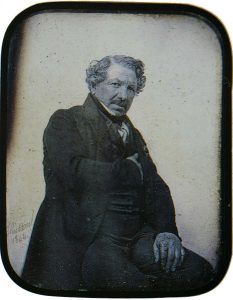
Louis Daguerre 1844
It is not clear exactly when or where Daguerre and Hahnemann met, but it is known that they both lived in Paris during the same period and were part of the city’s intellectual and artistic circles. It is possible that they met through mutual acquaintances or at one of the salons or other social gatherings that were popular at the time.
Despite their different fields of expertise, Daguerre and Hahnemann had a shared interest in the workings of the human body. Daguerre was fascinated by the anatomy and physiology of the eye, which he studied in order to improve the realism of his paintings and drawings. Hahnemann, meanwhile, was interested in the human body’s ability to heal itself and developed a system of medicine that emphasized the use of natural remedies in highly diluted form to stimulate the body’s own healing mechanisms.
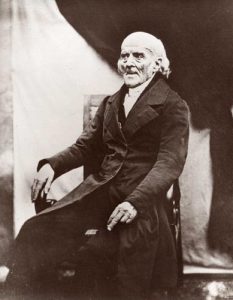
Samuel Hahnemann 1841
Up until the discovery of the letter quoted above, it wasn’t known if Daguerre and Hahnemann had any significant interaction or collaboration beyond their shared interest in the human body. The exciting letter, however, serves as a reminder of the vibrant intellectual and artistic community that existed in Paris during the 19th century, and the way that different disciplines could intersect and influence one another.
Over the course of the past year, the SilvergrainClassics team has been hard at work researching and developing the homeopathic developer that Daguerre and Hahnemann presumably created together.
Method
To develop a film using this homeopathic method, a small amount of the film developer is added to a river. The mixture is then diluted in a series of rapids until the desired potency is reached. The film is immersed in the diluted solution taken from the river. The movement of the water and the energy of the river activate the homeopathic developer, which in turn develops the film.
The first step was to determine the homeopathic dilution needed to develop a film. Hahnemann devised a technique of “potentization” using dilution and succussion (vigorous shaking) the basic components of his recipes. In this process, the selected substance is repeatedly diluted until the final product is chemically indistinguishable from the diluent. A more dilute solution is having a higher “potency” and is more effective.
Hahnemann created the “centesimal” or “C scale”, diluting a substance by a factor of 100 at each stage. Alternatively, the “decimal” or “D scale” was used, diluting by a factor of 10 at each stage of the process.
We decided to conduct our tests with Rodinal developer as it is one of the oldest commercially available developers. It was first introduced by Agfa in 1892 and is still popular today. Rodinal is a one-shot developer, which means that it can only be used once and cannot be reused.
To prepare the diluted developer, one liter (1,000 ml or 33.814 US fluid ounces) Rodinal 1+100 was poured into the river Rhine next to the city center of Mainz. Emptying the measuring cup took 10 seconds.
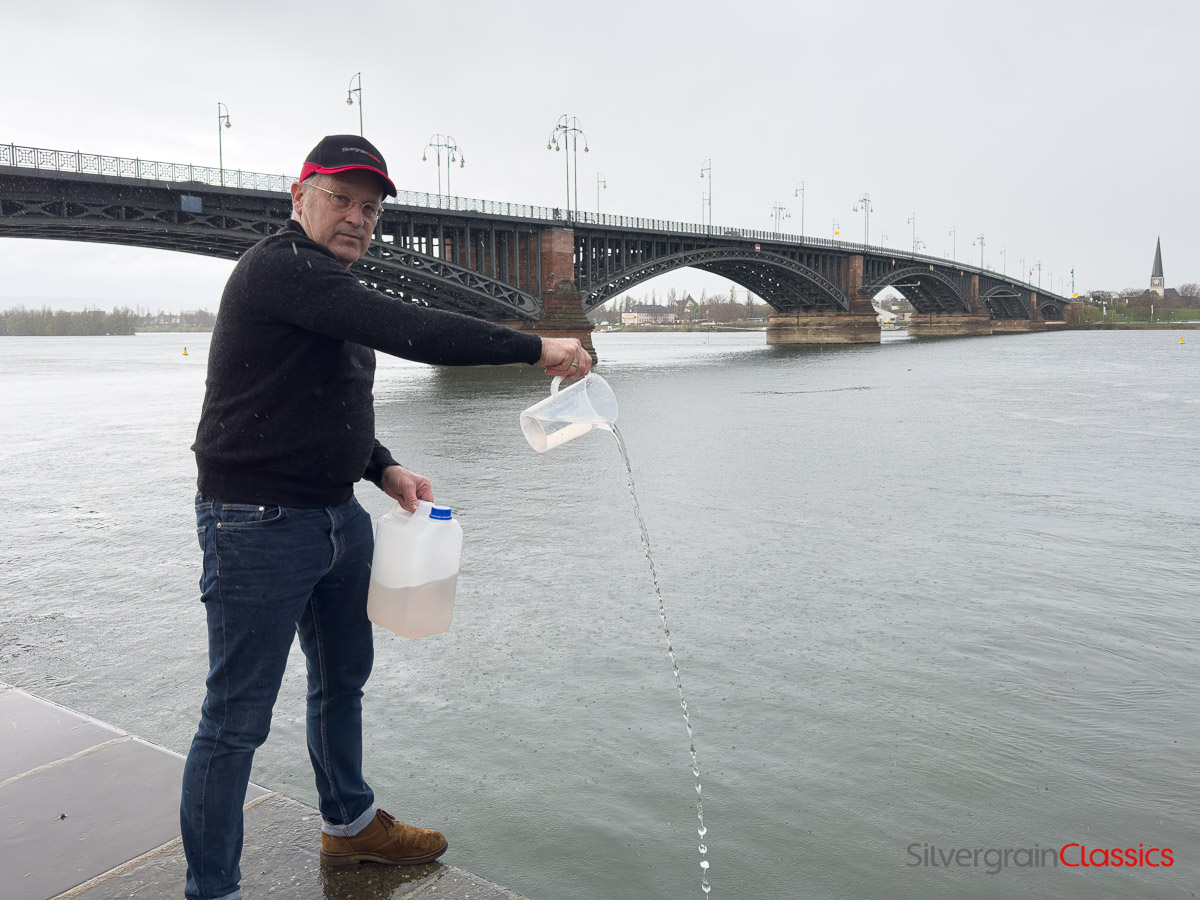
The average flow rate (MQ) of the river Rhine in Mainz is 1,600 cubic meters per second. When we conducted our tests in March 2023, the flow rate was only 1,000 m^3/s.
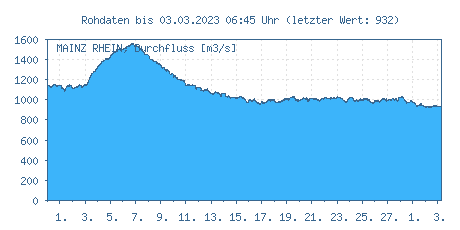
Flow rate, River Rhine, March 2023
The dilution thus can be determined as
0,01 liter (Rodinal stock) / 1,000 m^3/s * 10s = 1:1,000,000,000,000 = 1:10^12 = 1:100^6
This equals to a dilution of “D12” or “C6” in the homeopathic system.
A sample of the diluted Rodinal developer (Rodinal “C6”) then was taken from the river in Bingen, appr. 30 km downstream from Mainz. As the flow speed in this part of the river Rhine is 1.5m/s (or appr. 5 km/h), we waited for 6 hours before retrieving the developer in Bingen.
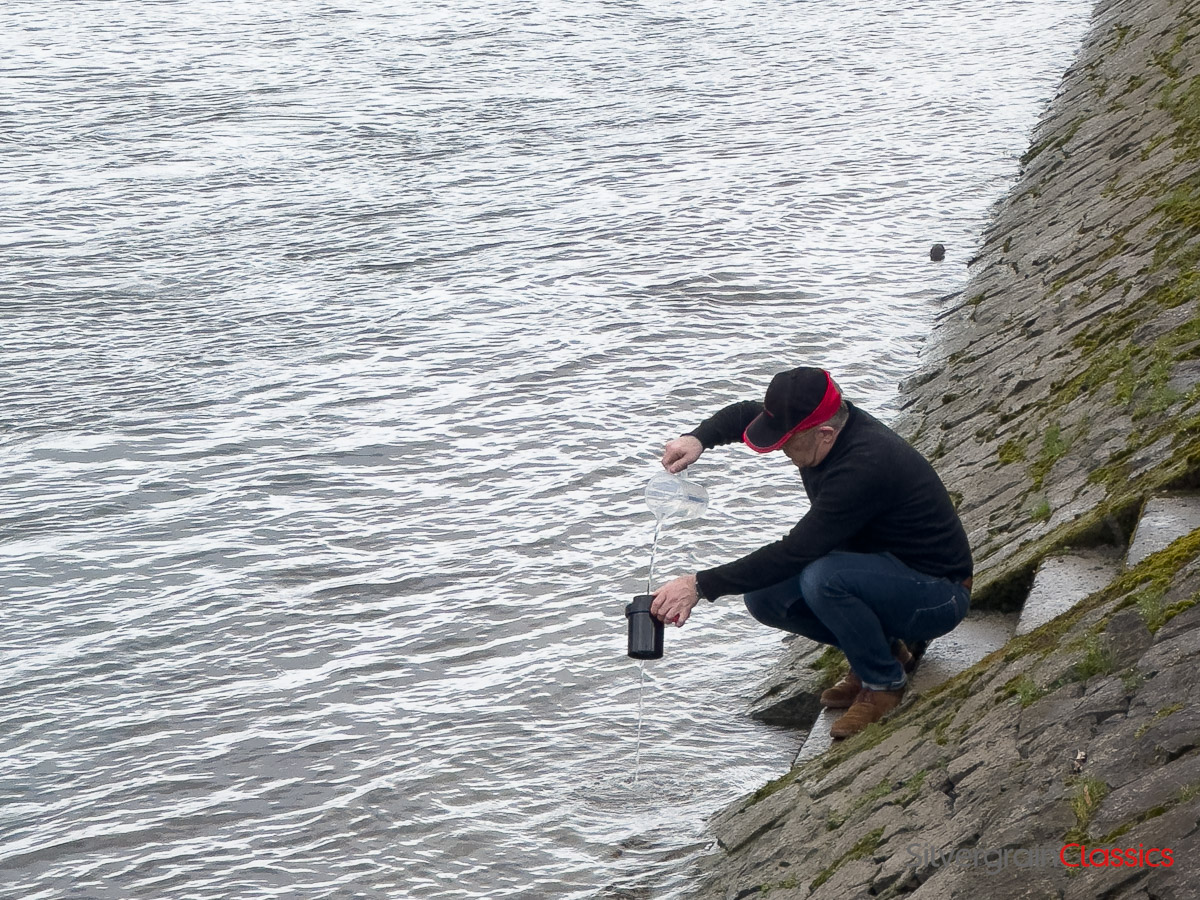
Adox CHS 100 II film was used to conduct the tests. It was exposed at box speed (ISO 100) and initially developed at 20°C/68°F applying the Ilford agitation method. A development time of 30 minutes was determined using Massive Dev Chart.
However, the results were slightly grainy and overexposed, so in the end we settled for a stand-development at the natural temperature of the river Rhine in early March (7.3°C or 45.1°F) and reduced the time by 10%. This resulted in a development time of one hour, agitating continually for the first minute and then once every 10 minutes for the remainder of the process.
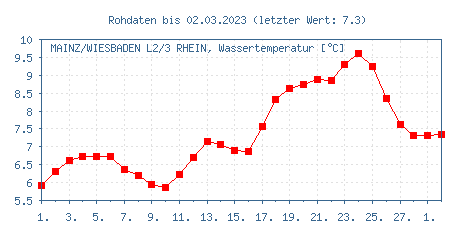
Water temperature. River Rhine, March 2023

Results
The negatives produced are extremely fine grained and show a wonderful distribution of tones. Micro-contrast is outstanding and the film can be exposed at box speed. The negative retains all information in the shadows and highlights. Independent test labs in Germany have confirmed the resulting qualities of the homeopathic development process.
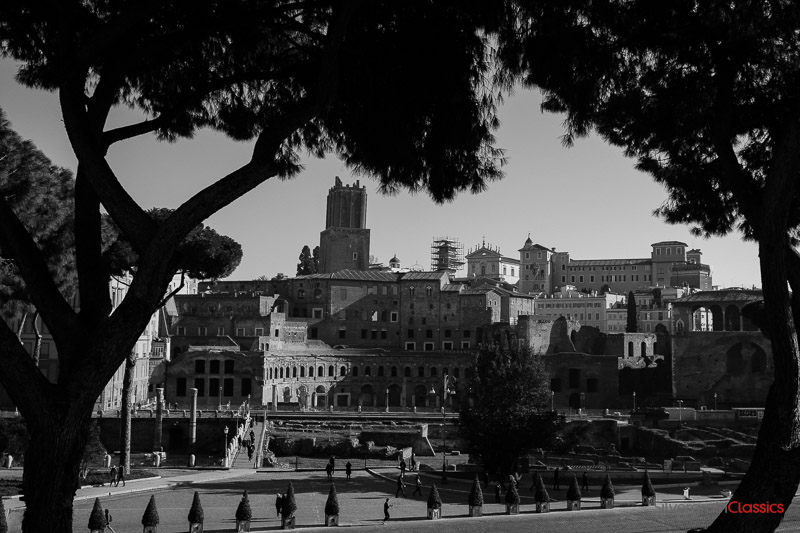
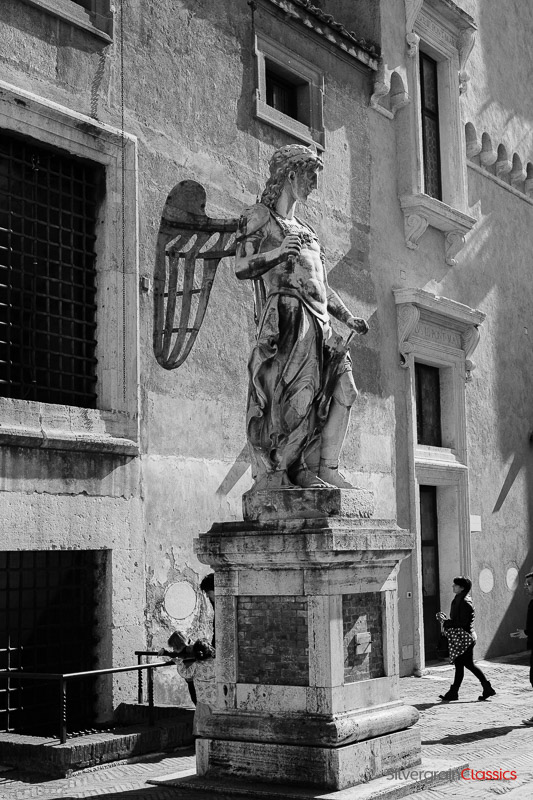
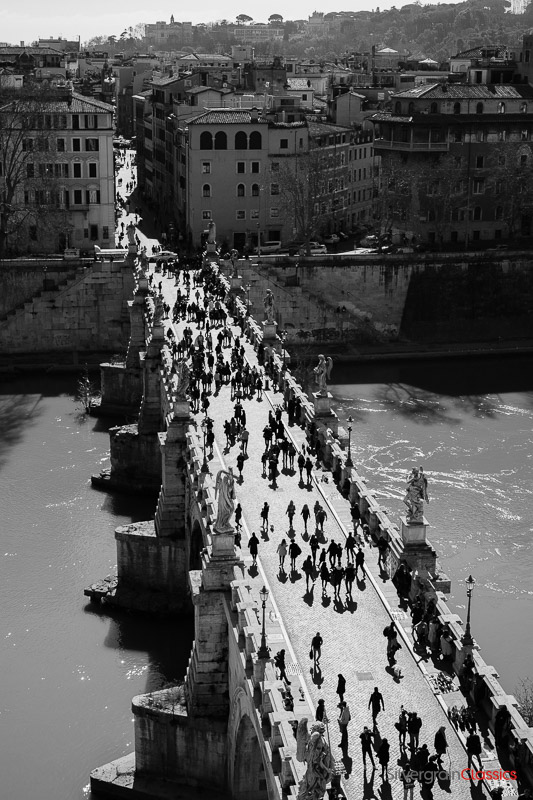
In homeopathic terms, the resulting black and white photograph can be described as possessing the following qualities:
Simplicity: The lack of color in a black and white photograph represents a simplified and distilled version of reality, which is characteristic of the homeopathic principle of “less is more.”
Depth: Black and white photographs often convey a sense of depth and contrast, which can be thought of as representing the deep-seated and complex nature of homeopathic remedies and their ability to treat multifaceted health conditions.
Essence: Black and white photographs capture the essence of a moment or subject, much like how homeopathic remedies aim to capture the essential nature of a substance or ailment in order to treat it.
Timelessness: Black and white photographs have a timeless quality that transcends the moment they were taken in, much like how homeopathy has been used for centuries and continues to be relevant today.
Uniqueness: Each black and white photograph is unique, with its own composition and visual language, much like how each homeopathic remedy is unique in its properties and effects on the body.
The homeopathic film development method has shown promising results in terms of image quality. Furthermore, the process is entirely environmentally friendly, as the natural elements of the river are used to develop the film, and due to the high dilution, only a few molecules of Rodinal can be found in the developer, making it a sustainable and green process.
Outlook
Further tests will be conducted in natural still waters (lakes, ponds). There will be additional research on the influence of the phases of the moon on the development results. We will also implement homeopathic fixers, and possibly one-bath solutions. Color processes will be examined in the near future, too.
Conclusion
The homeopathic film development method offers a unique and sustainable approach to film development that is both environmentally friendly and produces high-quality images. While the method is still relatively untested, it has the potential to revolutionize the field of photography by providing a more sustainable alternative to traditional film development. As the demand for sustainable practices grows, homeopathic film development may become more widely adopted by photographers and the film industry in general.
Links
https://en.wikipedia.org/wiki/Louis_Daguerre
https://en.wikipedia.org/wiki/Samuel_Hahnemann
https://en.wikipedia.org/wiki/Homeopathy
https://en.wikipedia.org/wiki/Homeopathic_dilutions
https://en.wikipedia.org/wiki/Rodinal
https://www.adox.de/Photo/adox-film-developer/rodinal-adonal/
https://www.adox.de/Photo/films/chs100ii-en/
Images © SilvergrainClassics 2023
You can find an index to the entire collection of SilvergrainClassics magazines here https://silvergrainclassics.com/en/magazine/index-of-articles/

